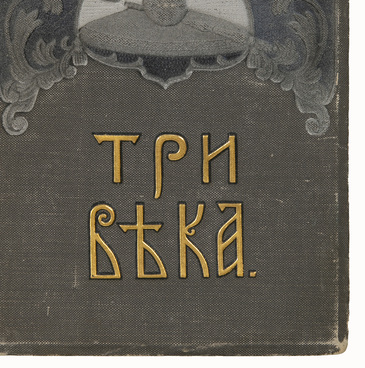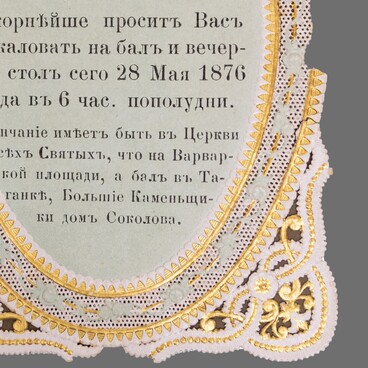In the dining room by the window is a lamp “Autumn” created by the sculptor Hippolyte Francois Moreau (1832–1927). Moreau was one of the most famous representatives of the Art Nouveau movement, a major French master of interior and genre sculpture. Hippolyte Moreau worked in bronze and marble in the traditions of elegant academic sculpture, preferring graceful female images. He was extremely successful and exhibited his works from 1859 at the main annual international event of the 19thcentury in the field of arts — the Paris Salon of Fine Arts.
In the center of this composition, as in many other works by Hippolyte Francois Moreau, is a captivating young maiden. With a cheerful smile on her slightly tired face, the girl gracefully carries baskets of ripe grapes. Female images, full of natural beauty and bliss, were the hallmark of the Moreau brothers. The model of the sculpture “Autumn” was presented at the World Exhibition in 1878 and was awarded a medal. High quality of casting, deep minting, exquisite patina with the play of semitones — everything exemplifies the high level of the foundry workshop of the Paris Society of Artistic Bronze (existed from 1875 to 1930). The Paris studio had the rights to reproduce the most popular models created by the Moreau brothers.
Each copy has the artist’s signature — the surname Moreau, carved on the base. The Moreau firm was a huge family enterprise with a rich history, traditions and secrets. The founder of the dynasty, Jean-Baptiste Moreau from Dijon, a sculptor and craftsman inspired by medieval French plastic art, determined the fate of his three sons Mathurin, Hippolyte and Auguste, sending them to study in Paris. From the 1860s, the works of each of the brothers were displayed at the best exhibitions in Paris and Europe, glorifying the dynasty and gaining popularity among collectors during the brothers’ lifetime.
Each of the brothers left a noticeable mark in the
development of French sculpture and the formation of the Art Nouveau style.
Their “big” works are represented on the facade of the Paris City Hall
(Hippolyte Moreau), in the ensemble of the Fontaine de Tourny in Quebec and the
André Malraux Palace in Paris (Mathurin Moreau). The “Moreau” workshop was
founded by Auguste’s sons: Louis-Auguste and Hippolyte Francois. By that time,
Moreau’s grandchildren had already begun to master the family skill.


